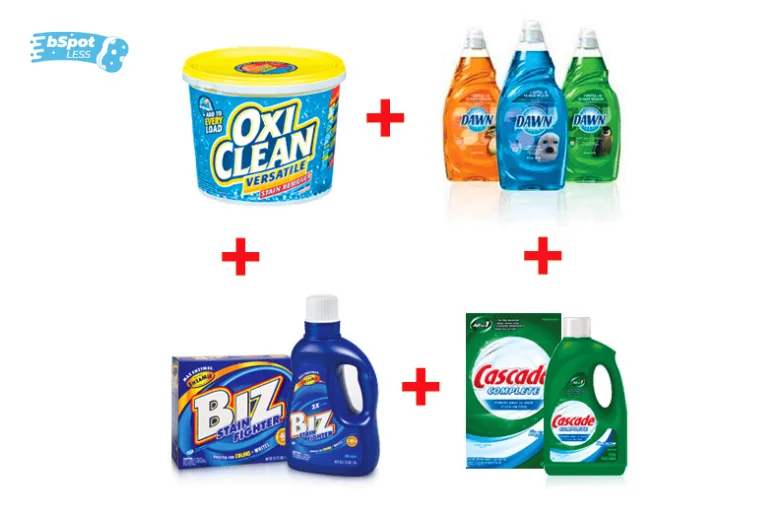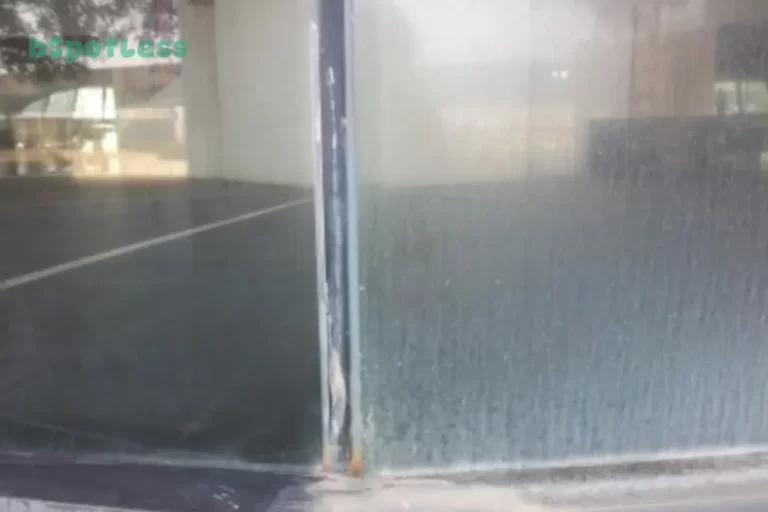Are you dealing with hard water stains on your windows and don’t know how to remove them? Don’t worry – we have you covered! In this blog post, we will provide you with easy-to-follow steps to ensure that your windows are sparkling clean in no time. So, read on to learn all about the best ways to remove hard water stains from your home windows.
Identify the Hard Water Stains
Identifying hard water stains on windows can be difficult as they may not be visible to the naked eye. To ensure you are dealing with hard water stains, look for white or grayish spots that have a rough texture. If you are unsure if the spots are hard water stains, you can test them by spraying the area with water. If the spots darken after spraying, then it is likely that they are hard water stains. It is important to identify the stains before attempting to clean them as this will help you determine the best cleaning solution for the job.
Clean the Windows
Before attempting to remove hard water stains from windows, it is important to first clean the window to remove any dirt or debris. This can be done using a glass cleaner and a soft cloth or paper towel. Make sure to get into all of the corners and crevices of the window. Wipe away any excess cleaner before moving onto the next step.
Make a Natural Cleaning Solution
Removing hard water stains from windows can be challenging, but it doesn’t have to be. Before you start scrubbing the glass, you’ll want to make a natural cleaning solution. This can be done quickly and easily with a few common ingredients. Mix half water and half vinegar in a spray bottle and you’ll have the perfect solution to remove hard water stains from your windows. The acidity of the vinegar helps to break down the hard water deposits and makes it easier to scrub them away. If you prefer an alternative, you can also make a paste out of baking soda and water to scrub away the stains. Once you have your cleaning solution ready, you can move on to applying it to the windows.
Apply the Cleaning Solution to the Stains

At this point, you’ll need to apply the natural cleaning solution to the hard water stains. Be sure to use a soft cloth or sponge to avoid scratching the glass. Dip the cloth or sponge in the solution and rub it over the stained area. Make sure it is thoroughly covered and let it sit for a few minutes before scrubbing. Make sure to keep the solution moist so that it does not dry out and cause more damage to the window.
Scrub the Stains with a Soft Bristled Brush
Once you have identified the hard water stains and applied the cleaning solution to the windows, it is time to scrub the stains with a soft bristled brush. This will help to loosen the dirt and debris from the surface of the window. Use gentle pressure and circular motions to ensure you are not damaging the glass. Be sure to move the brush in an up-and-down motion for best results. After scrubbing, rinse the window with clean water. Repeat this process if necessary until all of the hard water stains have been removed.
Rinse the Windows
After scrubbing the stains with a soft bristled brush, it’s time to rinse the windows. Use a clean wet cloth and run it across the window to remove any debris and dirt. Be sure to use warm water as this will help dissolve any remaining residue. Use a squeegee to remove any excess water from the window and make sure all of the surfaces are dry. This will help prevent any new stains from forming.
Repeat if Necessary
If the stains are still there or you see newly formed water spots, you may need to repeat the process. Make sure to use a soft bristled brush and not a scratchy one as it could cause more damage. Make sure to rinse the windows with clean water after each scrubbing session. You don’t want any of the cleaning solution to remain on the windows. Once you have removed all the hard water stains, you can move on to drying and polishing your windows.
Dry the Windows
Once you have finished scrubbing the windows with the cleaning solution, it is time to dry them. To do this, you can use a soft cloth or paper towels to wipe away any excess moisture. Make sure to dry the windows completely before you move on to the next step of polishing them. This will ensure that the hard water stains don’t become harder or more difficult to remove.
Polish the Windows
Polishing the windows after cleaning is a great way to get them looking their best. After all the hard work of removing the hard water stains, you want to make sure that they don’t come back. To polish the windows, you can use a soft cloth and a window cleaner. Spray the cleaner on the cloth and lightly wipe the windows. Make sure to avoid any streaks as you go. If you don’t have window cleaner available, you can also use a mixture of vinegar and water for polishing your windows. This will help to prevent future hard water stains from forming, and keep your windows looking their best.
Prevent Future Stains
Once you have successfully removed the hard water stains from your windows, you will want to take some steps to prevent them from coming back. This can be done by cleaning the windows regularly and using a protective coating like Rain-X or a similar product to help repel the water and prevent it from forming hard water spots. You should also make sure that you are using a soft towel or sponge when cleaning to avoid any scratching that could lead to staining. By taking these preventive steps, you can keep your windows looking great for years to come.

